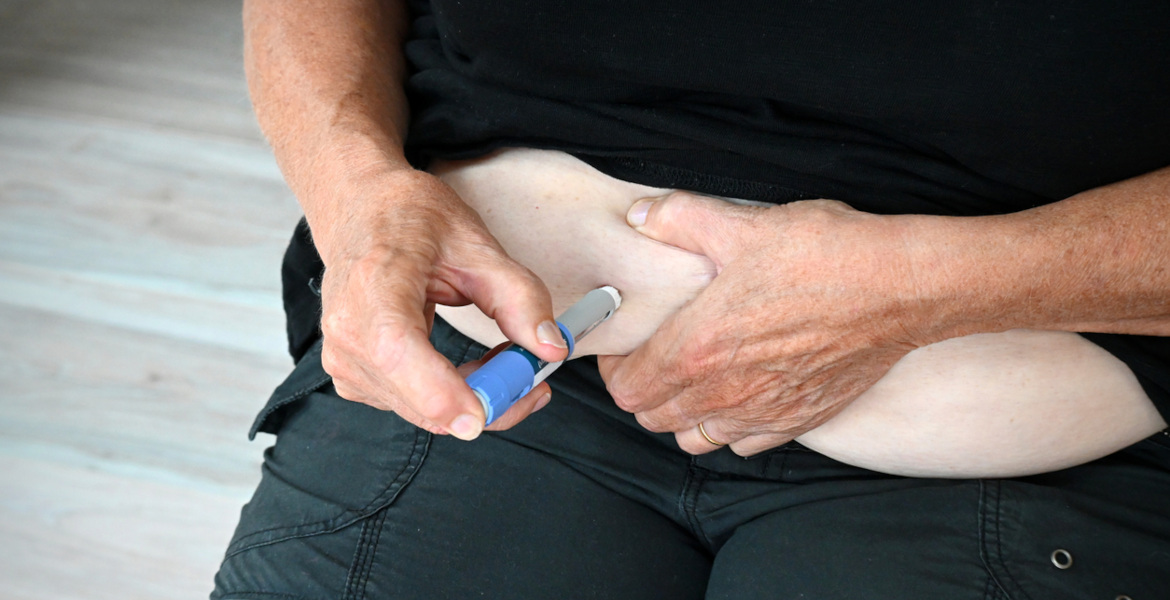The right plants can significantly reduce harmful air pollutants. Additionally, their presence has been linked to lower stress levels and increased productivity.
The biophilia hypothesis proposes that humans have an inherent connection to nature, and as a result, experience comfort and well-being when immersed in it. A number of studies also show that spending time in nature can have major health benefits for us. For example, being close to nature at home tends to reduce the use of antidepressants and boost self-esteem. Studies also show that spending time in nature can positively change people’s perspective on time.
At the same time, there is also comfort for those who have difficulty getting to the forest. Studies suggest that even houseplants at home or work can have similar effects.
All plants produce oxygen and also absorb carbon dioxide. Some plants can also help purify the air and even improve humidity levels. As early as 1989, NASA was researching the effect of plants on the air in enclosed spaces as spacecraft are unable to ventilate away harmful substances. The study mainly used plants that do better in low-light environments, focusing on how plants can purify the toxic substances benzene, trichloroethylene and formaldehyde. The NASA study found that a lot of houseplants actually removed toxic substances from the air, at least partially.
Reducing stress
In a 2015 study, researchers wanted to look at the possible psychological and physiological health benefits of indoor plants. In this study, 24 young male participants were asked to either replant a houseplant or complete a brief computer-based task, after which their heart rate and blood pressure were measured. Participants who worked with the plants showed lower blood pressure and generally felt calmer compared to those who performed the computer task. In contrast, those who used the computer reported feeling more discomfort, and their blood pressure increased.
Even just looking at pictures of houseplants can have health benefits, according to another 2012 study. It exposed patients in a hospital waiting room to real plants, pictures of plants or no nature at all and compared the results. Both the real plants and the pictures of plants contributed to lower stress levels compared to having no nature at all in the waiting room.
Research also shows that houseplants can help people heal from injury or illness. An umbrella study found that hospitalized patients with a view of houseplants or trees were calmer and had better conditions for well-being compared to those without. They also typically required less pain medication and had shorter hospital stays than other patients.
Plants create happiness
Some research also suggests that houseplants can simply make you happier. For example, a 2013 study found that participants who spent five to ten minutes in a room with a few houseplants felt happier than those who were in a room without plants. Plants, or rather nature, are also generally thought to increase self-esteem and yet another study suggests that there is a very strong link between being close to nature and feeling happy.
Another study, published in 2019, found that green and purple plants in particular were effective in counteracting negative emotions.
Increases productivity
In a Korean study, primary school students were placed in classrooms with either a fake plant, a real plant, a photo of a plant, or no plant at all. Brain scans revealed that only the children exposed to a real plant showed significant improvements in attention and concentration. Similarly, a study from the Netherlands found that children in classrooms with a green plant wall performed better on tests of selective attention, which involves focusing on a specific task while filtering out distractions.
An older study from 1996 tried to implement potted plants in a windowless laboratory at a university. They found that, on average, students worked 12% faster if they had plants in the lab, compared to without. In another study, those working in a call center with a view of potted plants took 7% more calls compared to those without a plant view. Another study also tested implementing plants in three different offices in the UK and the Netherlands and found that those who had access to plants at their workplace were on average 15% more productive.
Air purifying plants
There are many plants that are claimed to purify the air of toxins, but some stand out in studies for their properties. If you’re in the market for a new houseplant but don’t know what to get, here are a few plants to consider.
Peace Lily (Spathiphyllum wallisii)
This plant is very common as a houseplant and should be easy to care for. It does not thrive in direct sunlight, but light, partial shade and even shade should be fine. It needs plenty of water and during the spring to fall you can also give nutrition once a month, but skip it during the winter.
Peace lilies are said to be one of the most air-purifying plants to have indoors. The NASA study found that it could reduce the toxic substance benzene by as much as 79.5% in just 24 hours. In the case of trichloroethylene, it reduced it by 23%, the highest reduction of any plant tested. It also removed 16,167 micrograms of formaldehyde in one day.
A 2022 study by researchers at the University of Birmingham tested three common houseplants, including the Peace Lily, to see if they could help remove air pollution in the home. All three plants were found to be effective against air pollution, removing around half of the nitrogen dioxide they were exposed to – in just one hour.
The Peace Lily is also said to be an effective humidifier as the leaves emit water vapor.

Corn Plant (Dracaena fragrans)
Corn Plant is considered a shrub, or small tree. It thrives in semi-shade or shade and doesn’t need too much water, but the soil should be kept slightly moist. During winter it needs light, but does not like direct sunlight. Nutrition can be given once a month during winter
This plant was also included in the 2022 study, and is thus effective against air pollution, just like the Peace Lily. The NASA study also found that the plant was effective against formaldehyde

Ivy (Hedera helix)
The ivy does not like strong sunlight and likes to have a shower of water from time to time.
The leaves of the plant have long been used as a medicine for respiratory inflammations and are supposed to be expectorant. Today it is used as an active ingredient in medicines.
Ivy was also included in NASA’s study and proved to be the best of all plants at reducing benzene levels, by as much as 89.8% over 24 hours. In the case of trichloroethylene, it removed 10.9% over the same time. When eliminating formaldehyde, the plant reduced it by 9 653 micrograms over 24 hours.

ZZ Plant (Zamioculcas zamiifolia)
ZZ Plant, also known as Eternity Plant, is hardy and can grow in both light and shade, but should not be placed in full sun. It will grow faster in a brighter position and the leaves will turn darker in a darker position. It’s good to allow the soil to dry out between waterings.
A 2013 study showed that the plant can effectively remove harmful substances such as benzene, toluene, ethylbenzene and xylenes (BTEX) from indoor environments. In another 2020 study, the plant was found to be particularly good at reducing concentrations of ethylbenzene. The researchers also saw positive effects when combined with other plants such as Sansevieria trifasciata to improve air purification of toluene and formaldehyde, among others.
This plant was also included in the previous study from 2022, and is thus effective against air pollutants.

True Aloe (Aloe vera)
Aloe vera thrives in well-drained soil, so it’s a good idea to put Leca balls in the bottom of the pot. It likes plenty of sun, but not too much water. Watering about twice a month is usually enough. Aloe vera is known for its many healing and health-giving properties, both internally and externally, but it is also said to be an excellent helper in purifying the air in the home.

Two different review studies show that Aloe vera is effective in removing formaldehyde and benzene, but also xylenes. The plant was also included in the NASA study, which found that it could remove 1,555 micrograms of formaldehyde over 24 hours.








